2023年
2024年シーズンの内容については
こちらを参照ください。
モータースポーツにおける『パルクフェルメ』とは、通常は決勝後の車両保管のことを意味します。決勝で順位認定を受けたすべての車両がパルクフェルメに保管され、正式なレース結果が発行されるまで、競技役員を除いて車両に触れることができないことになっています。
もし、車両に技術的な違反があった場合、レース終了後にドライバーやチームメカニックなどによって証拠を隠滅されることを防ぐために車両保管が行われます。
F1でも決勝後のパルクフェルメのルールは当然ありますが、F1では決勝前においても、パルクフェルメのルールがあり、限られた作業を除いて車両のセッティング変更やパーツの交換といったメンテナンス作業に制限があります。決勝前のパルクフェルメのルールのことを『プレレース・パルクフェルメ』と呼んでいます。
プレレース・パルクフェルメ
F1では公式予選(Qualifying)で最初にピットレーンを離れたタイミングから決勝がスタートするまでの間、『パルクフェルメ』の状態にいるものとみなされます。
公式予選に出走しなかった車両は、公式予選Q1の終了時点からパルクフェルメの状態にいるものとみなされます。
スプリントの開催がある場合、公式予選は金曜日に開催されますが、この場合も公式予選Q1で最初にピットレーンを離れたタイミングからパルクフェルメの状態にあるとみなされます。
プレレース・パルクフェルメ中に認められる作業
パルクフェルメの状態にいる間、基本的に車両に対する作業を行うことが禁止されますが、以下に示す一部の作業を行うことは認められています。
- エンジンの始動
- 燃料の追加と排出、フューエルブリーザーの取り付け
- ホイール、ホイールファスナー、タイヤの取り外し、交換、バランスの再調整、タイヤの空気圧の調整
- エンジン内部の点検およびシリンダー圧の確認のためのスパークプラグの取り外し
- 許可されたブリーザー、加熱・冷却装置の取り付け
- ジャンプバッテリーの接続、車両への物理的な接続を介しての車載電子ユニットへのアクセス
- ERSエナジーストアの充電および放電
- ブレーキシステムのブリード
- エンジンオイルの排出
- 圧搾ガスの排出・追加
- 液体の排出・追加(補給する液体は当初の液体と同一仕様であること)
- フロントウイングの空力セットアップは既存のパーツを使用してのみ調整が可能。パーツの追加、取り外し、交換は禁止
- FIAテクニカルデリゲートが天候の変化によりセットアップの変更が必要と判断した場合は、ブレーキ周辺のエアダクト、エンジンやギアボックスの冷却のためのボディワークの変更が可能。この場合、『CHANGE IN CLIMATIC CONDITIONS』のメッセージがチームに伝えられる。
- ラジエターを除くボディワークの取り外し
- ボディワークの外見上の変更やテープの追加
- パーツの清掃
- オンボードカメラ、マーシャリングシステム構成部品、タイム計測用トランスポンダー、それらの構成部品の取り外し、再装着、点検
- FIAテクニカルデリゲートが要求した作業を行うこと
- ドライバーの快適性を改善するための変更。ミラー、シートベルト、ペダルの調整以外についてはFIAの許可が必要。
気温が大幅に変更した場合は、ヘッドパッドの変更が要求される。この場合、公式メッセージシステムによってチームへ通知される。 - ドライバー用のドリンクの追加。ただし、容器の容量は1.5リットルを超えてはならない。
- アクシデントにより損傷したパーツの修理
- 上記の認められた作業や安全確認を行うのために取り外された部品は常に車両に近くにあり、車検員が常に確認できるようにする必要がある。
上記以外の作業については、チームが書面でFIAテクニカルデリゲートに対して要請を行い認められた場合に限り、作業を行うことができます。この場合に交換できるパーツはオリジナルのパーツと同じ設計のものでなければならないことになっています。
パルクフェルメの状態にある間に行われた作業や交換された部品はFIAによってすべてのチームに公開されることになっています。
スプリント開催時に認められる作業
スプリントの開催が予定されている場合、夜間に車両が封印されている間を除いて、以下のパーツを同じ使用のものに交換することが認められています。
- ブレーキディスクとキャリパーパッド
- エンジンエキゾーストシステム
- エンジンオイルフィルター
- インテークエアフィルター
- スパークプラグ
プレレース・パルクフェルメが導入される以前のF1
プレレース・パルクフェルメが導入される前のF1では公式予選後の作業に制限が無かったため、各チームのメカニックは徹夜で作業を行うことも少なくはありませんでした。
現在のようにパワーユニットやギアボックスの使用できる数に制限もなかったことから、公式予選が終わった後、エンジンとギアボックスの交換といった作業が当然のように行われてきました。また、マシンセットアップも予選用と決勝用で全く異なっていました。
F1の開催レース数が増加すると共に、過酷な労働環境によってチームのクルーへの負担が大きくなること、徹夜で作業を行うことができる人員や環境が整っている資金力のあるチームが有利になってしまうことなどの理由から、パルクフェルメのルールが定められ、公式予選後の作業が制限されることになりました。
作業禁止時間
F1では金曜日と土曜日の夜間に作業を行うことを禁止するために、FIAはすべての車両に対して、以下の時間は車両にカバーをかけます。
スプリントの開催が無い場合
- フリー走行2回目の終了から3時間が経過してから、フリー走行3回目の開始時刻の3時間前までの間
- 公式予選の終了から2時間が経過してから、フォーメーションラップの開始時刻の5時間前までの間
スプリントの開催がある場合
- 公式予選の終了から2時間が経過してから、フリー走行2回目の開始時刻の3時間前までの間
ただし、カバーが外された後もパルクフェルメの状態は継続 - スプリントの終了から2時間が経過してから、フォーメーションラップの開始時刻の5時間前までの間
ポストレース・パルクフェルメ
他のレースカテゴリーと同様にF1でも決勝後のパルクフェルメ(車両保管)が行われます。プレレース・パルクフェルメと区別するために『ポストレース・パルクフェルメ』と呼ばれます。
レースを完走した車両はパルクフェルメに停車しなければならないことになっています。正式なレース結果が発行されるまで、車両はパルクフェルメで保管され、許可された競技役員を除いては誰も車両に触れることができないことになっています。
誰でもレースを終えた車両に触れることができると、もし車両に技術的な違反があった場合に証拠を隠滅されるおそれがあるためです。
2022年シーズンからドライバー自身もパルクフェルメのルールに従わなければならないことが明文化されました。
レギュレーション
アーカイブ

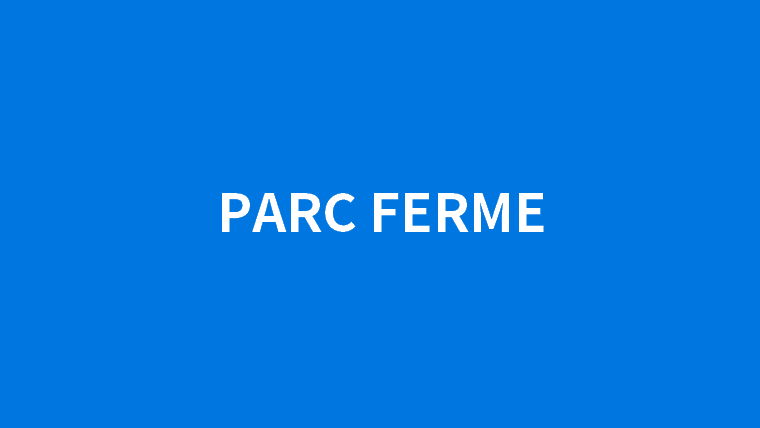
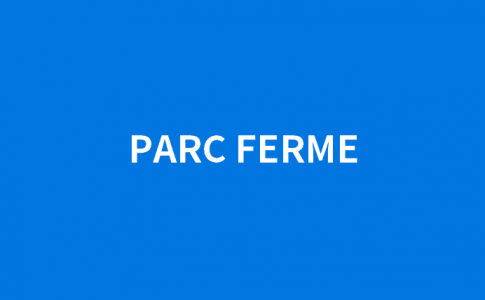


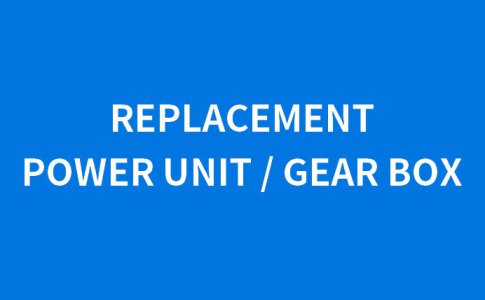


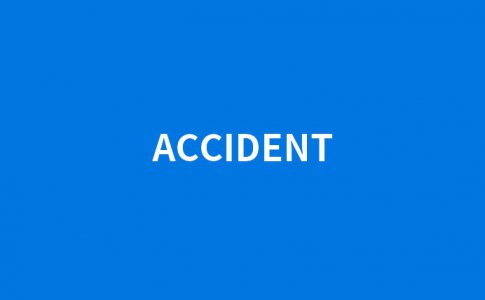
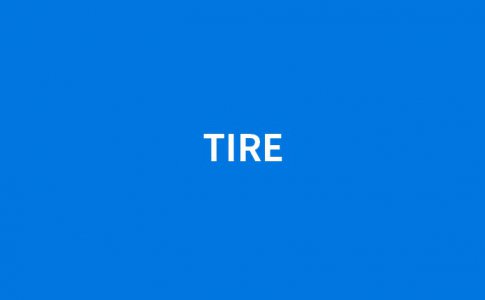


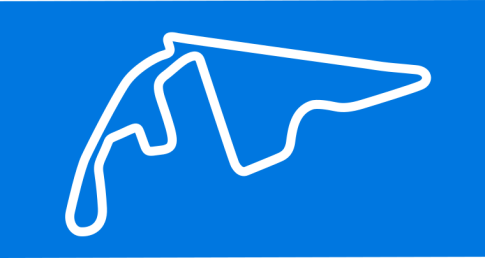
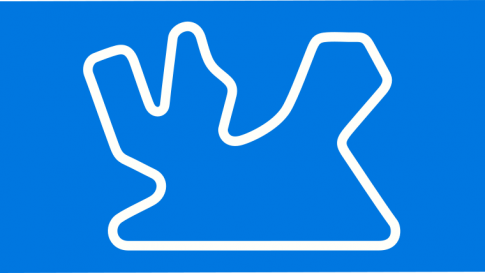
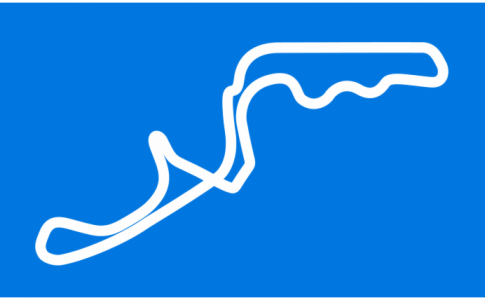

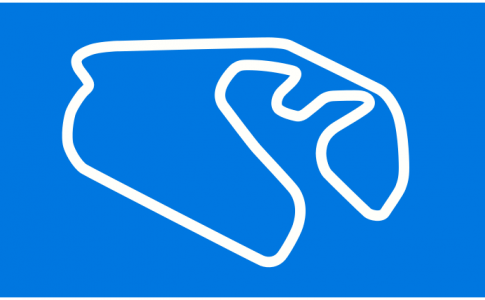
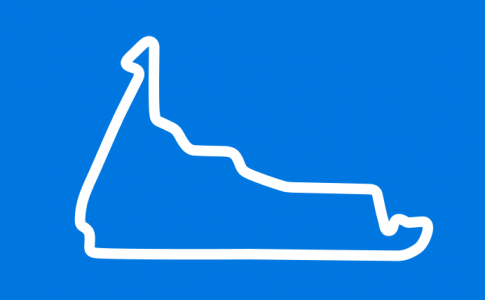

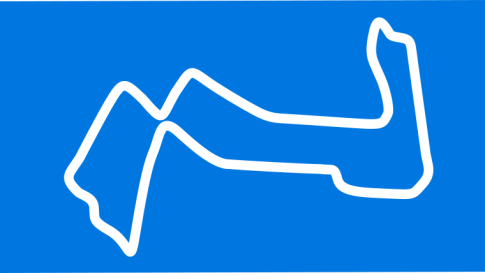
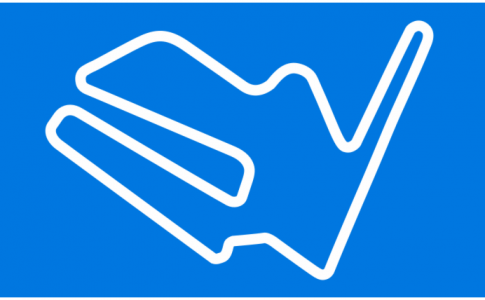

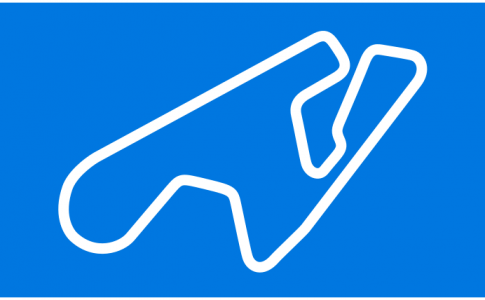
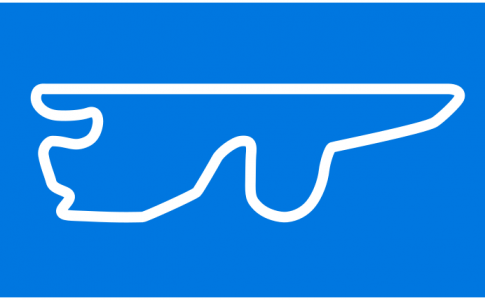
2023/4/25発行版
40) PRE-SPRINT AND PRE-RACE PARC FERMÉ
40.1 Each Competitor must provide the Technical Delegate with a suspension set-up sheet for both of their cars before each of them leaves the pit lane for the first time during the qualifying session.
40.2 Each car will be deemed to be in parc fermé from the time at which it leaves the pit lane for the first time during the qualifying session until the start of the race. Any car which fails to leave the pit lane during the qualifying session will be deemed to be in parc fermé at the end of Q1.
Between these times, other than when cars are sealed overnight in accordance with Article 40.6, the following work may be carried out:
a) Engines may be started.
b) Fuel may be added or removed and a fuel breather fitted.
c) Wheels, wheel fasteners and tyres may be removed, changed or rebalanced and tyre pressures adjusted.
d) Spark plugs may be removed in order to carry out an internal engine inspection and cylinder compression checks.
e) Permitted breather, heating or cooling devices may be fitted.
f) A jump battery may be connected and on-board electrical units may be freely accessed via a physical connection to the car.
g) Charging and / or discharging of the ERS energy storage devices.
h) The brake system may be bled.
i) Engine oil may be drained.
j) Compressed gases may be drained or added.
k) Fluids may be drained and/or replenished, however, fluids used for replenishment must conform to the same specification as the original fluid.
l) The aerodynamic set up of the front wing may be adjusted using the existing parts. No parts may be added, removed or replaced.
m) If the Technical Delegate is satisfied that changes in climatic conditions necessitate alterations to the specification of a car, changes may be made to the components specified in Articles 3.13.3 and 3.13.4 of the Technical Regulations, and to the power unit and/or gearbox cooling bodywork that lies within the RV-BODY-REAR and/or RV-RBW-EC reference volumes, as defined in Appendix 1 of the Technical Regulations. Additionally, the settings of any bypass valves or flow restrictors used within the liquid part(s) of the cooling system(s) may also be adjusted, for the sole purpose of adjusting power unit and/or gearbox cooling. These changes may be made at any time after all Competitors have been sent the message “CHANGE IN CLIMATIC CONDITIONS” using the official messaging system. From this point onwards the choice of wheel bodywork scoop, wheel bodywork internal cooling duct, power unit and/or gearbox cooling bodywork, and/or bypass valve settings or flow restrictors within the liquid part(s) of the cooling system(s) is free and pitot tubes may be covered or uncovered, subject always to compliance with the relevant Technical Regulations.
n) Bodywork (excluding radiators) may be removed and/or cleaned.
o) Cosmetic changes may be made to the bodywork and tape may be added.
p) Any part of the car may be cleaned.
q) On board cameras, marshalling system components, timing transponders and any associated equipment may be removed, refitted or checked.
r) Any work required by the Technical Delegate.
s) Changes to improve the driver’s comfort. In this context anything other than the adjustment of mirrors, seat belts and pedals may only be carried out with the specific permission of the Technical Delegate.
i) Should ambient temperature change significantly, Competitors will be requested to change the head padding required by Article 12.6.1 of the Technical Regulations using the official messaging system.
ii) The addition or removal of padding (or similar material) is also permitted but may only be carried out under supervision and, if required by the Technical Delegate, must be removed before the post-race weighing procedure.
t) Drinking fluid for the driver may be added at any time, however, the capacity of the container for any such fluid must not exceed 1.5 litres.
u) Repair of genuine accident damage, which is defined as any of the following:
i) Damage sustained as a result of contact with a barrier.
ii) Damage sustained as a result of contact with another car or object on track.
iii) Damage incurred whilst off track limits, which also results in significant loss of lap time or a lap time which is deleted by the Race Director.
v) Any parts which are removed from the car in order to carry out any work specifically permitted above, or any parts removed to carry out essential safety checks, must remain close to it and, at all times, be visible to the scrutineer assigned to the relevant car.
i) Furthermore, any parts removed from the car in order to carry out any such work must be refitted before the car leaves the pit lane.
40.3 Any work not listed in Article 40.2 may only be undertaken with the approval of the Technical Delegate following a written request from the Competitor concerned. It must be clear that any replacement part a Competitor wishes to fit is the same in design and similar in mass, inertia and function to the original. Exceptionally, at a Competition where a sprint session is scheduled, replacement parts that are different in design will be permitted provided that the part is of a specification that has been used previously in a qualifying session or a race. In such cases, the Competitor should inform the FIA prior to the start of the sprint session of any part where this may be necessary. Any parts removed will be retained by the FIA.
If a Competitor is granted permission to change a survival cell, any of the additional components detailed in Article 27.2 may also be changed provided that the spare survival cell was already fitted with these additional components at the time of the request.
If a Competitor wishes to change a part during the qualifying session or sprint shootout, on the grid before the start of the sprint session and between reconnaissance laps and/or on the grid before the start of the race, this may be done without first seeking the permission of the Technical Delegate, provided it is reasonable for the relevant Competitor to believe permission would be given if there was time to ask and the broken or damaged part remains in full view of the scrutineer assigned to the car at all times.
40.4 At each Competition where a sprint session is scheduled, and in addition to the provisions of Article 40.2 above, other than when cars are sealed overnight in accordance with Article 40.6, the following work may be carried out:
a) The following items may be replaced with components of the same specification:
i) Brake Discs and Caliper pads
ii) Engine Exhaust System
iii) Engine Oil Filters
iv) Intake Air filter
v) Spark plugs
40.5 At the end of each qualifying session or sprint shootout at least three (3) cars will be chosen to undergo further checks, once informed their car has been selected the Competitor concerned must take the car to the Parc Fermé immediately.
40.6 Within two (2) hours of the end of both the qualifying session and the sprint session (where it is scheduled) all cars used during each session (or which were intended for use but failed to leave the pit lane) must be covered and ready for FIA seals to be applied in order to ensure that they remain secure until the following day. For marketing purposes this deadline may be extended for one car from each Competitor for a maximum of two (2) hours by prior arrangement with the Technical Delegate. Whilst cars are covered overnight, they may be fitted with devices to keep them warm.
40.7 At each Competition where a sprint session is scheduled, three (3) hours before the start of the sprint shootout, the seals and covers may be removed but the cars will remain under parc fermé conditions until the start of the race.
40.8 Five (5) hours before the scheduled start of the formation lap for the race, the seals and covers may be removed but the cars will remain under parc fermé conditions until the start of the race.
40.9 A Competitor may not modify any part on the car or make changes to the set-up of the suspension whilst the car is being held under parc fermé conditions. In the case of a breach of this Article, the relevant driver must start the race from the pit lane and follow the procedures prescribed in Article 44.2.
In addition to the above penalty, for each Competition where a sprint session is scheduled, if the parc fermé conditions are breached before the start of the sprint session, the relevant driver must start the sprint session from the pit lane and follow the procedures prescribed in Article 43.3.
In order that the scrutineers may be completely satisfied that no alterations have been made to the suspension systems or aerodynamic configuration of the car (with the exception of the front wing) whilst in pre-race parc fermé, it must be clear from physical inspection that changes cannot be made without the use of tools.
40.10 One (1) scrutineer will be allocated to each car for the purpose of ensuring that no unauthorised work is carried out whilst cars are being held under parc fermé conditions.
40.11 A list of parts replaced with the specific agreement of the Technical Delegate whilst cars are being held under parc fermé conditions will be published and distributed to all Competitors prior to the race.
40.12 The mass of oil contained in each oil tank, with the exception of the main oil tank, must be declared to the FIA one (1) hour before the scheduled start of the race.